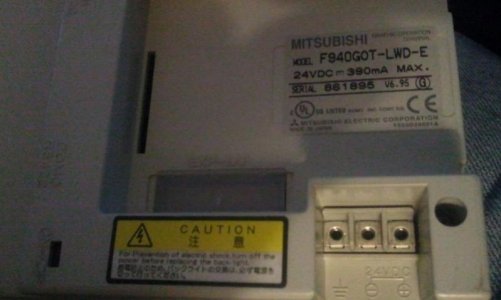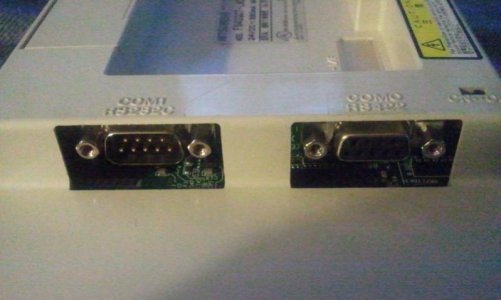ZenMastr1968
New member
OK.......
I thoroughly examined my board - didn't see anything wrong. Cleaned the backside again - gently - with alcohol and a toothbrush to make sure there wasn't any flux messing things up. Still nothing happening on the ethernet front. Started checking currents and voltages at certain pins and comparing the results to the schematics and the data sheet for the 28J60 and still nothing blatantly wrong so today I decided to just try replacing the 28J60 (since I had a spare) and Volia....
link and ethernet web server demo sketch load and function properly!
I don't have any probes or sensors yet, so I can't check that side things yet, but now off and running....
I thoroughly examined my board - didn't see anything wrong. Cleaned the backside again - gently - with alcohol and a toothbrush to make sure there wasn't any flux messing things up. Still nothing happening on the ethernet front. Started checking currents and voltages at certain pins and comparing the results to the schematics and the data sheet for the 28J60 and still nothing blatantly wrong so today I decided to just try replacing the 28J60 (since I had a spare) and Volia....
link and ethernet web server demo sketch load and function properly!
I don't have any probes or sensors yet, so I can't check that side things yet, but now off and running....


